Bioreinforcement of the face with hyaluronic acid
Bioreinforcement of the face with hyaluronic acid is a modern method of rejuvenation that helps to smooth out wrinkles, restore volume and correct facial contours. During the procedure, high-density hyaluronic acid is injected into the deep layers of the skin, creating a supporting framework. It stimulates the production of collagen and elastin, the main proteins responsible for the elasticity and youthfulness of the skin. As a result, the skin is strengthened, becomes more elastic and toned.
What is bioreinforcement?
Bioreinforcement involves the use of special products based on hyaluronate. They are injected using soft cannulas - elastic tubes with a rounded end. The technique is effective in combating tissue sagging. The result is noticeably enhanced in the first months after the procedure.

specialists

equipment

treatment

Bioreinforcement of the face using hyaluronic acid is recommended for people aged 30 to 50. At this age, the first age-related changes in the skin begin to appear.
Indications for bioreinforcement of the face with hyaluronic acid include:
- Decreased skin elasticity and firmness
- Appearance of fine and moderate wrinkles
- Early stages of ptosis of soft tissues of the face
- Pronounced nasolabial folds and tear grooves
- Blurred facial contours, appearance of jowls
- Dryness and dehydration
- Dull skin tone
- Uneven relief
Bioreinforcement with hyaluronic acid eliminates the effect of a tired face caused by a decrease in the synthesis of collagen and elastin. The procedure stimulates natural skin renewal, improves its texture and tone.
Bioreinforcement is used not only to correct existing age-related changes, but also as a preventative measure. Early initiation of procedures slows down the aging process, increases dermis density by 23% and elasticity by 19% over a six-month course of procedures.

The introduction of hyaluronic acid into the face has a number of absolute limitations:
- Individual intolerance to the components of the drug
- Autoimmune diseases
- Oncology
- Pregnancy and breastfeeding
Although hyaluronic acid itself rarely causes allergies, additional elements of the product can cause adverse reactions. For this reason, the doctor conducts an allergy test before the procedure.
Conditional contraindications for facial bioreinforcement include:
- Acute inflammatory processes in the area of the proposed injections
- Herpes in the active phase
- Blood coagulation disorders
- Taking anticoagulants, antiplatelet agents
Patients with diabetes mellitus undergo the procedure with special caution, since they experience slow healing after injections. In such cases, the decision to perform the procedure is made individually after consultation with an endocrinologist.
General information about the procedure
Answers to popular questions
Doctors from the K+31 clinic answered frequently asked questions about facial bioreinforcement.
Can bioreinforcement be combined with other cosmetic procedures?
The dermatologist replies: “I advise my patients to combine facial bioreinforcement with other methods to achieve the best results. The procedure combines well with biorevitalization and plasma lifting. It is important to strictly observe the time intervals between procedures. For example, I advise biorevitalization two weeks before or after bioreinforcement to ensure the best distribution of substances and enhancement of the effects of each procedure.”
Is there any pain during bioreinforcement?
Facial bioreinforcement is considered a minimally invasive procedure. We use a two-stage anesthesia: first, we apply a cream with lidocaine, and if necessary, supplement it with an injection anesthesia. Many modern bioreinforcement compositions include an anesthetic, which significantly reduces discomfort. Most clients rate the pain level at 6-8 points out of 10, which is comparable to a slight pinching or tingling.

About the Department of Aesthetic Medicine K+31

This award is given to clinics with the highest ratings according to user ratings, a large number of requests from this site, and in the absence of critical violations.

This award is given to clinics with the highest ratings according to user ratings. It means that the place is known, loved, and definitely worth visiting.

The ProDoctors portal collected 500 thousand reviews, compiled a rating of doctors based on them and awarded the best. We are proud that our doctors are among those awarded.
Make an appointment at a convenient time on the nearest date
Price
Other services

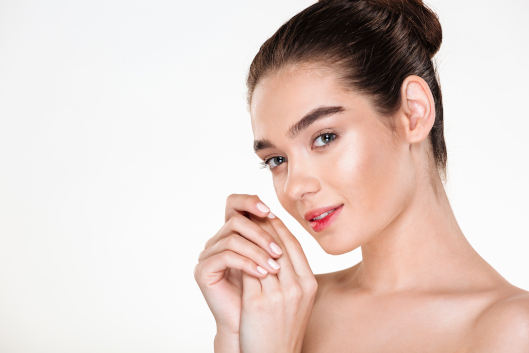




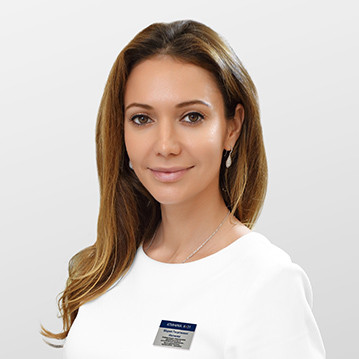


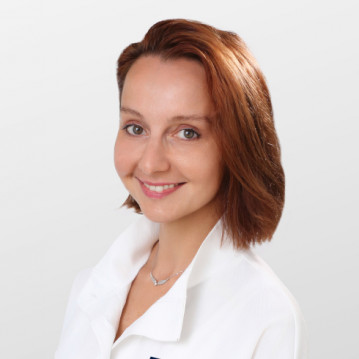
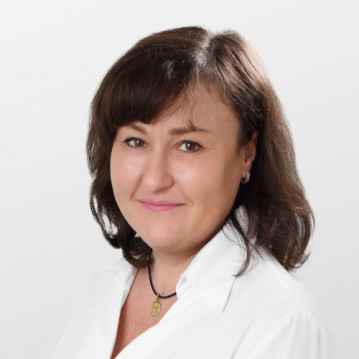
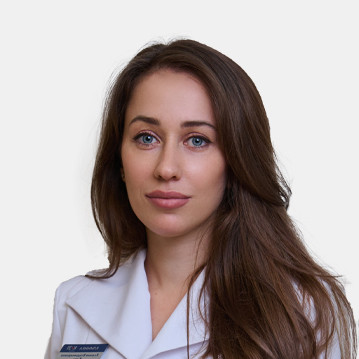

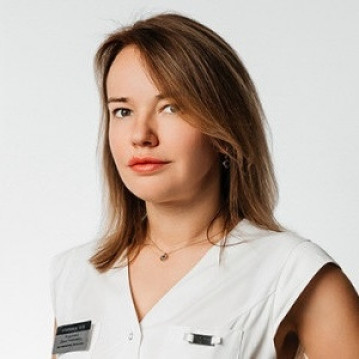

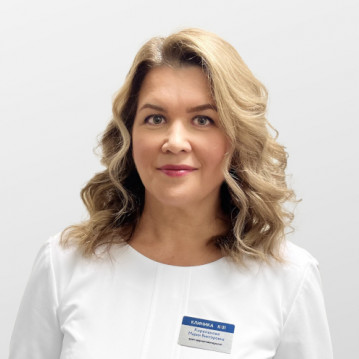

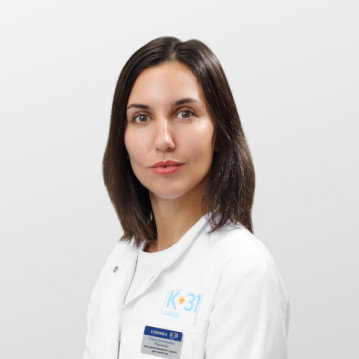
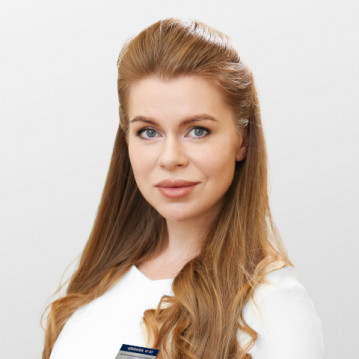
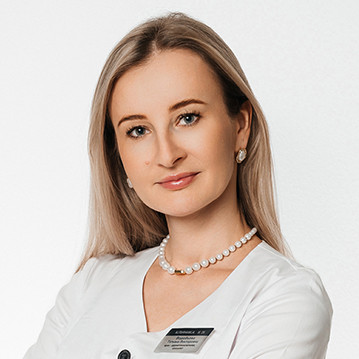
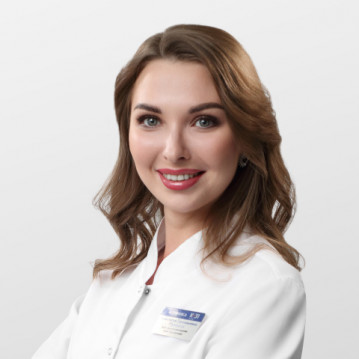
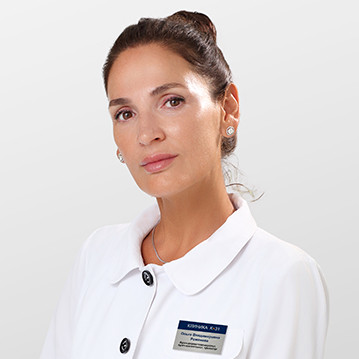

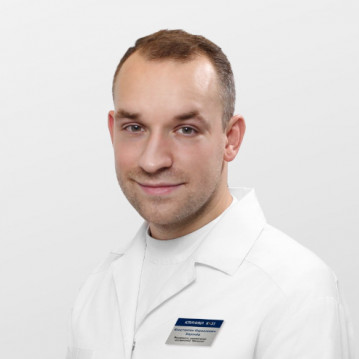

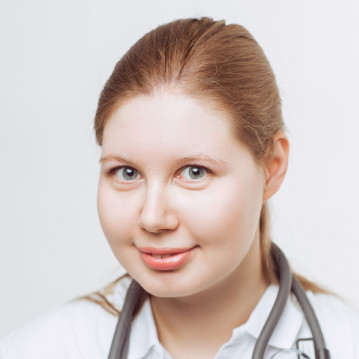
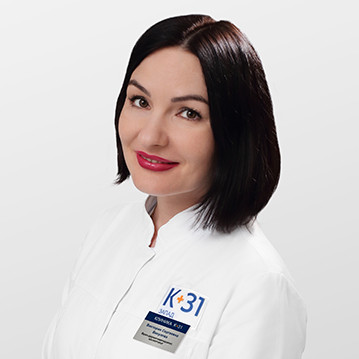
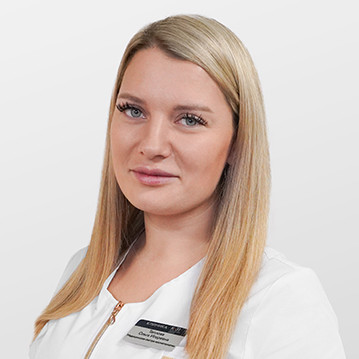

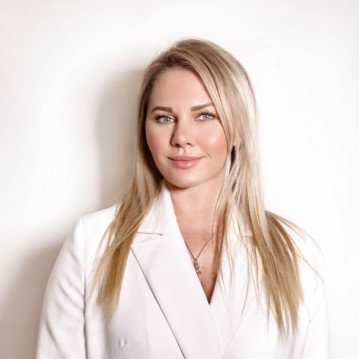





Benefits of facial reinforcement with hyaluronic acid
The main advantages of facial bioreinforcement include:
Hyaluronic acid used in facial bioreinforcement helps to moisturize and increase tissue elasticity, maintains a healthy and even complexion. With age, the production of hyaluronic acid in the body decreases, which leads to the appearance of the first signs of aging. Bioreinforcement actively compensates for this loss.
A significant advantage of the technique is a long-term rejuvenation effect for 1.5–2 years. With systematic implementation of maintenance procedures, the effect can be extended up to 3-5 years.
Face bioreinforcement also enhances the results of hardware techniques: fractional photothermolysis Fraxel and ultrasonic tightening Ulthera. This provides a comprehensive approach to skin rejuvenation, a longer-lasting effect.